This article was medically reviewed by Sarah Gehrke, RN, MS. Sarah Gehrke is a Registered Nurse and Licensed Massage Therapist in Texas. Sarah has over 10 years of experience teaching and practicing phlebotomy and intravenous (IV) therapy using physical, psychological, and emotional support. She received her Massage Therapist License from the Amarillo Massage Therapy Institute in 2008 and a M.S. in Nursing from the University of Phoenix in 2013.
There are 15 references cited in this article, which can be found at the bottom of the page.
This article has been viewed 68,609 times.
A coronary calcium score provides one indicator of your risk of developing heart disease. A score of over 300 indicates the immediate for immediate changes in your lifestyle and medical treatment. While coronary calcium scores can't be lowered, a moderate or high score is a sign that you should take measures to reduce your risk of heart disease. Work with your doctor to start preventative measures, such as medication, diet, exercise, and other heart healthy practices.
Steps
Reducing Your Risk with Medication
-
1Take a daily aspirin to reduce your risk of heart attack or stroke. An over-the-counter aspirin may help keep your heart healthy if you have a high coronary calcium score. However, due to the risk of side effects, you should only begin a daily aspirin regimen if your doctor recommends it.[1]
- Aspirin can help people with high blood pressure, a family history of heart disease, kidney problems, diabetes, or a history of smoking.
- Do not use aspirin if you have liver or heart failure or stomach ulcers. People under 21 should not take aspirin.
-
2Take a statin if you have a coronary calcium score over 300. Your doctor may prescribe a statin, such as atorvastatin or pravastatin, to reduce your risk of a heart attack and manage your cholesterol levels. These are typically pills taken by mouth once or twice a day. Take this medication according to your doctor’s instructions.[2]
- Side effects of statins include muscle damage, confusion, memory loss, high blood sugar, or liver damage.
Advertisement -
3Take calcium channel blockers to treat high blood pressure. Calcium channel blockers prevent more calcium from entering your heart and blood vessels. This can lower your overall risk of heart disease and lower your blood pressure. Follow your doctor’s instructions for taking this medication.[3]
- Side effects of calcium channel blockers include constipation, headache, heart palpitations, dizziness, drowsiness, or nausea.
- This medication will not reduce the current levels of calcium in your heart.
-
4Manage diabetes and metabolic syndrome with medication and diet. These conditions increase your risk of heart disease. If you have been diagnosed with either condition, work with your doctor to come up with a treatment plan.[4]
- To manage diabetes, you will typically need to inject insulin. Your doctor may also prescribe you medication to help you control your blood sugar levels.
- Metabolic syndrome may be related to insulin resistance. It is usually treated with diet and exercise. You may be given medication to control cholesterol or blood pressure.
- Having diabetes doesn't increase your chances of having a high coronary calcium score. If you have a high coronary calcium score and diabetes, however, your risk of having a heart attack may be higher.[5]
Changing Your Lifestyle for Cardiovascular Health
-
1Quit smoking. Smoking significantly increases your risk of a heart attack. If you currently smoke, talk to your doctor about quitting. They can prescribe you medication, nicotine patches, or other treatments to help you stop.[6]
-
2Exercise for at least 30 minutes on 5 days out of the week. Moderate to vigorous physical activity can help you lose weight, strengthen your heart, and reduce your risk of high cholesterol. Aim for 30-60 minutes of exercise each day.[7]
- If you’re just starting out with exercise, consider hiring a personal trainer. You can also start with some more moderate activities, like swimming, walking, or biking. Take classes like Pilates or dance exercise.
- Try fitting in activity throughout your day. Take stretch breaks, take the stairs instead of the elevator, or do chores.
- Running and high-intensity interval training are examples of more vigorous exercise.
-
3Eat a diet low in saturated fat, sodium, and sugar. Diet can affect your cholesterol levels, blood pressure, and other indicators of heart health. Avoid saturated and trans fats, which can be found in fried foods, red meat, full-fat dairy products, and palm oils. Buy foods that are low in sodium as well.[8]
- Cook at home for the best results. Use fresh vegetables, fruits, whole grains, and lean meats. These are all low in saturated fat but high in fiber and other good nutrients. Avoid adding salt to your meals.
- Packaged and processed foods are often high in sodium. Avoid canned soup, bottled sauces, chips, and processed meats like ham or salami.
-
4Limit how much alcohol you drink. You don't have to quit alcohol, but you should watch how much you drink. Men should aim for no more than 2 drinks a day while women should only have 1 drink a day.[9]
-
5Reduce stress wherever possible. Stress can be a major trigger of heart attacks. Make a list of your common stressors to see if you can cut back or eliminate any of them from your life. If that’s not possible, try introducing some relaxation techniques in your daily routine.[10]
- For example, you might stop taking on so many responsibilities at work or you could ask to work from home 1 day a week.
- Meditation can help you manage stress. Start by meditating for 5 minutes and work your way up to 15 minutes. Squeeze in a little mediation during lunch or coffee breaks.
- If you’re feeling stressed, try breathing deeply. Count to 5 breaths to release some of your tension.
- Massages, yoga, and tai chi are other great ways to relax.
-
6Sleep 7-9 hours a night. Rest is important to help you manage stress and maintain your health. Aim to get at least 7-9 hours a night. If you have trouble sleeping, visit your doctor to see if you can identify the cause. There are many ways to help you sleep better at night:[11]
- Stop using computers, tablets, phones, and other devices with bright screens 1-2 hours before bed.
- Keep your bedroom as dark as possible.
- Reduce how much caffeine you drink during the day.
- Go to bed and wake up at the same time every day.
Determining and Interpreting Your Score
-
1Get a referral for a coronary calcium scan from your doctor. You must have your primary care physician or cardiologist prescribe you this test. They will arrange a scan at a hospital or radiology center for you.[12]
- Scans can cost around $400 USD. Make sure that the facility and radiologist you use are covered by your insurance. In some cases, this procedure may not be covered.
-
2Avoid smoking or drinking caffeine for 4 hours before the test. These factors can distort the results of your heart scan. You can resume these activities immediately after your appointment.[13]
-
3Undergo a heart scan to check your coronary calcium levels. A coronary calcium scan is currently the only way to check your coronary calcium score. The radiologist will scan your heart using a CT scanner. Remove your shirt and put on a medical gown. The doctor will attach electrodes to your chest. Lie down on the table when directed. The table will move slowly into the CT scanner.[14]
- The scan will expose you to a small but safe amount of radiation to create an image of your heart. This image will display any calcium build-up on your heart.[15]
-
4Discuss the results with your doctor. The score indicates the likelihood that you will have a heart attack or other heart problem in the next 3-5 years. Based on the results of your scan, your doctor may adjust or change your medication. If you have a low score, you may not need further treatment.[16]
- A score of 0-100 means that a heart attack or stroke is unlikely in the next 3-5 years. You do not need to take any precautions.
- A score between 100-300 means that you have a high risk of developing heart disease in the next 3-5 years. Your doctor may prescribe you medication or put you on a special diet.
- Scores over 300 indicate an extremely high risk of heart disease. In most cases, your doctor will prescribe medication like statins or recommend further treatment.
-
5Undergo further testing if you have a moderate to high score. If your score is over 100, your doctor may decide to do additional tests. They may do a blood test to check your cholesterol and blood sugar levels. They may also perform a stress test. These tests will determine the cause (or causes) of your risk.[17]
- For example, if you have high cholesterol, your doctor may put you on medication called statins and a low-cholesterol diet.
- There are many types of stress tests. You may undergo an echocardiogram, walk on a treadmill, or take substances like dobutamine or adenosine to check your heart's health.
-
6Create a treatment plan with your doctor if you have a high score. Coronary calcium scores can't be lowered, but you can prevent further calcium build-up and start preventative treatment. Based on your health, lifestyle, and family history, your doctor will work with you to help create a personalized treatment plan.[18]
- Your doctor will assess your weight, current medications, family history, diet, activity levels, stress, and smoking habits. They may advise you to switch to a heart healthy diet, lose weight, exercise more, or take medication.
- If they haven't already, your doctor may refer you to a cardiologist.
- If you need to lose weight, your doctor may refer you to a registered dietitian.
-
7Get retested within 3-5 years or as recommended by your doctor. Because you are exposed to a small amount of radiation, doctors do not perform coronary calcium heart scans often. While there is no official recommendation for how often you need this, in most cases, you will not need to be retested for another 3-5 years. In some extreme cases, however, the doctor may recommend retesting within 1 year.[19]
References
- ↑ https://professional.diabetes.org/sites/professional.diabetes.org/files/media/Taking_Aspirin_to_Protect_Your_Heart.pdf
- ↑ https://www.hopkinsmedicine.org/news/publications/cardiovascular_report/cardiovascular_report_summer_2012/the_power_of_genetics_in_heart_risk
- ↑ https://www.bhf.org.uk/informationsupport/heart-matters-magazine/medical/drug-cabinet/calcium-channel-blockers
- ↑ https://medlineplus.gov/howtopreventheartdisease.html
- ↑ https://www.ncbi.nlm.nih.gov/pmc/articles/PMC5487233/
- ↑ https://pubmed.ncbi.nlm.nih.gov/11570656/
- ↑ https://pubmed.ncbi.nlm.nih.gov/17975126/
- ↑ https://www.nm.org/healthbeat/healthy-tips/nutrition/early-impact-of-heart-healthy-diet
- ↑ https://www.ncbi.nlm.nih.gov/pmc/articles/PMC3319440/
- ↑ https://medlineplus.gov/howtopreventheartdisease.html
- ↑ https://medlineplus.gov/howtopreventheartdisease.html
- ↑ https://www.insideradiology.com.au/coronary-artery-calcium-scoring/
- ↑ https://www.mayoclinic.org/tests-procedures/heart-scan/about/pac-20384686
- ↑ https://www.mayoclinic.org/tests-procedures/heart-scan/about/pac-20384686
- ↑ https://www.radiologyinfo.org/en/info.cfm?pg=safety-xray
- ↑ https://www.mayoclinic.org/tests-procedures/heart-scan/about/pac-20384686
- ↑ https://www.mayoclinic.org/tests-procedures/heart-scan/about/pac-20384686
- ↑ https://www.mayoclinic.org/tests-procedures/heart-scan/about/pac-20384686
- ↑ https://www.tctmd.com/news/coronary-calcium-scores-2017-useful-yes-hard-outcomes-data-still-lacking
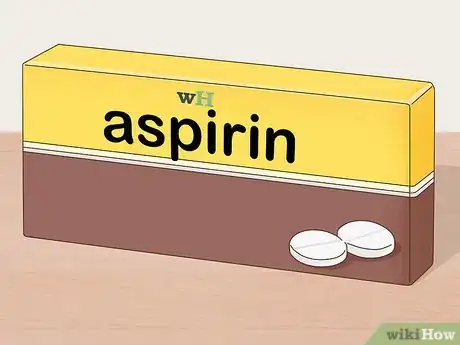
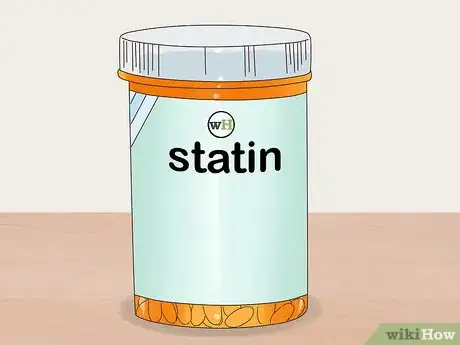
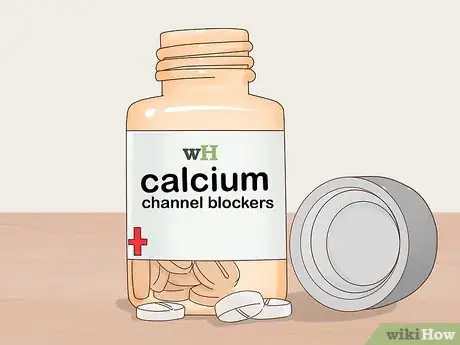
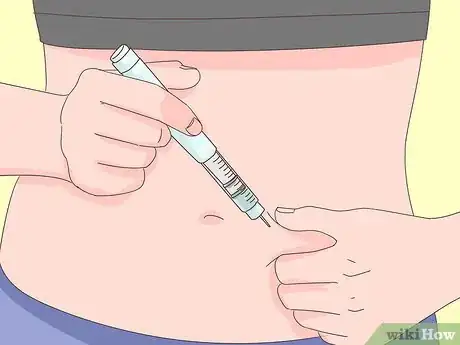





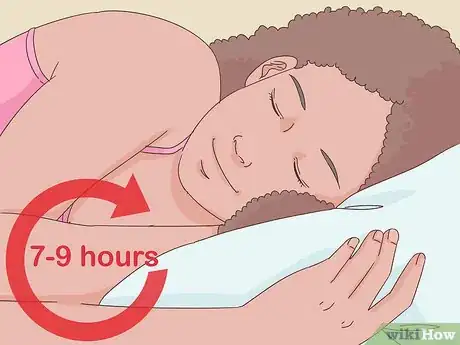
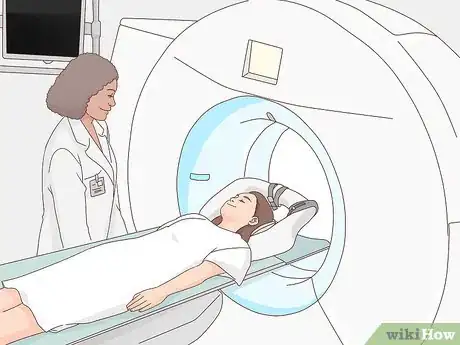
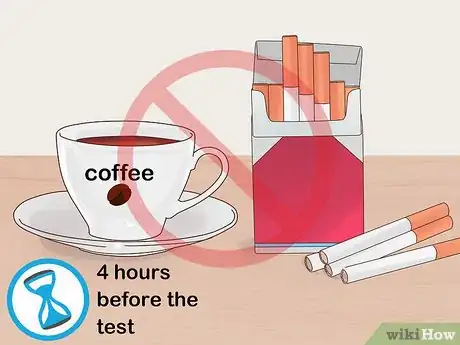
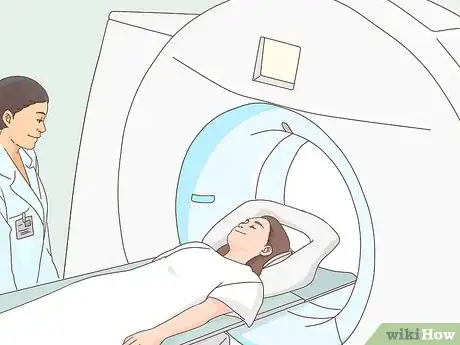

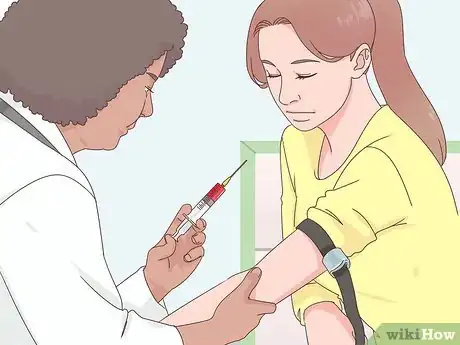

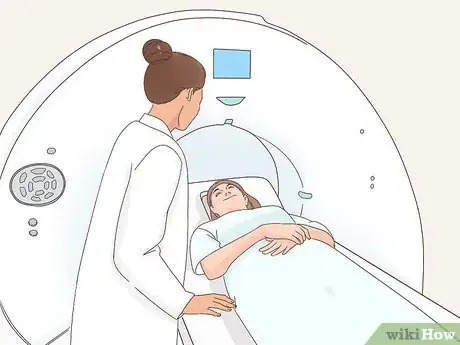
-Step-16.webp)












-Step-16.webp)

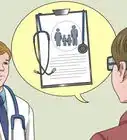





































Medical Disclaimer
The content of this article is not intended to be a substitute for professional medical advice, examination, diagnosis, or treatment. You should always contact your doctor or other qualified healthcare professional before starting, changing, or stopping any kind of health treatment.
Read More...